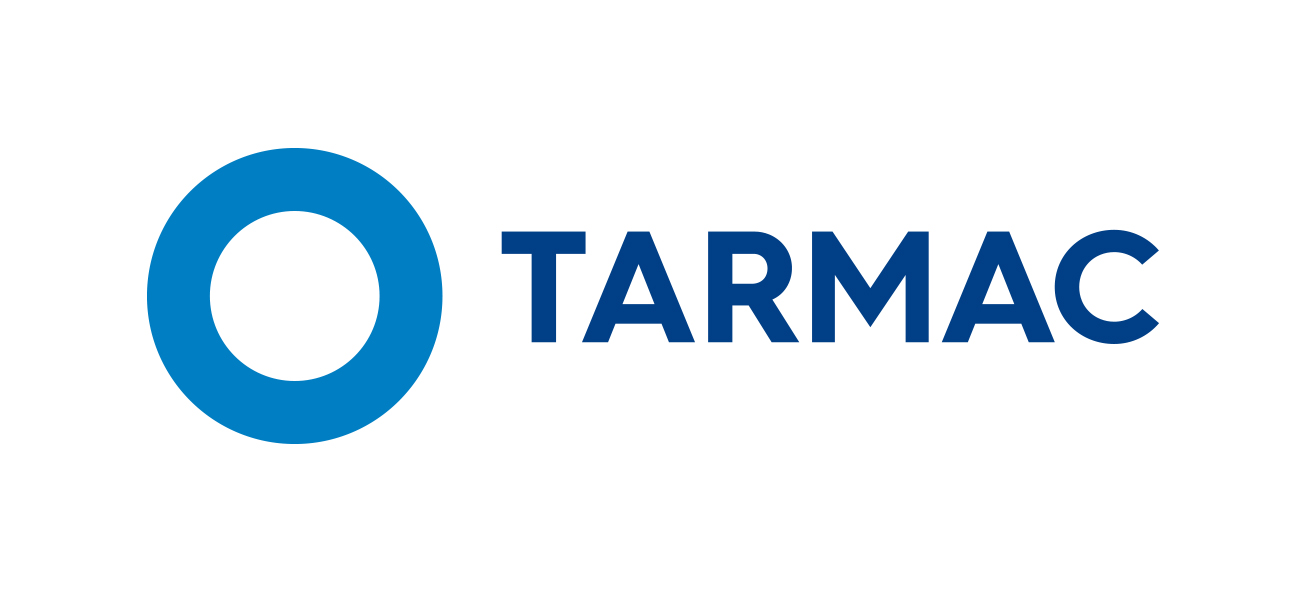The challenge:
With a 500 year history, bowls is a sport that’s deep-rooted in English tradition. However, its gentle pace may be deceiving as underneath a quiet exterior lies a game wholly reliant on skill, small margins and, crucially, a thoroughly level playing field.
Despite being part of the local community for over 60 years, when Alton Social Bowling Club decided to relocate and expand its facilities in 2015, it needed expert advice to ensure its new green would live up to the reputation of its well established predecessor.
Creating a brand new bowling green from scratch is no easy feat, especially when the site’s starting point is an ordinary, arable field; yet this was the challenge faced by the club as part of its recent relocation.
With the sport relying on a perfectly level playing surface, the end result is dependant on a reliable and long-lasting solution. To do this, the club called upon the services of the Sports Turf Research Institute (STRI) and contractors, MJ Abbott, to get the job done as accurately and professionally as possible.
First and foremost, the contractors had to remove 5000m3 of soil at the new site to accommodate the size of the bowling green surface and to reach the depth required for the green’s wider sub-surface infrastructure.
Once achieved, the next – and perhaps the most important – obstacle to overcome was the design and creation of a bespoke drainage system and rootzone blend to allow for optimum turf growing conditions.
The solution
In order to achieve the best playing conditions possible, the new bowling surface had to be built in line with the strict STRI specification process, which is particularly detailed regarding the drainage and rootzone composition.
MJ Abbott approached Topsport – a Tarmac company – to help create a tailored solution and apply its vast industry experience.
“After initial consultations with both MJ Abbott and the STRI, it was decided that a unique rootzone blend was necessary to achieve the fine balance between drainage and water retention,” said Topsport’s Joe Evans, who helped manage the project.
“Working closely with all parties, we ultimately arrived with a bespoke blended 70/20/10 solution, which comprised of 70 per cent sand, 20 per cent soil, and 10 per cent compost.
“This blend offered the optimum combination to allow water to drain a little more slowly than other sports surfaces, ensuring the grass would have enough supply to keep it healthy and grow in the desired way.
“Once a sample was made, a percolation test was run to ensure it would offer the required drainage speed. Following this, 600 tonnes were created and blended at the Tarmac quarry in Kingsley, located just around the corner from the club to help keep both logistics and the overall project length to a minimum.”
Whilst the rootzone was being sourced, the aggregate-based foundation layer of the drainage system was being installed.
Joe continued: “During the specification process there was actually a regional shortage of drainage media. However, we were able to supply a clean, durable, carboniferous limestone, an approved alternative to the specification that ensured all work was able to be completed on schedule before the winter months set in.
“The primary drainage layer comprised of a two-part gravel system: use of 4-10mm stone in the primary drainage system, topped by a 150mm layer of clean graded 2-6mm limestone from Tarmac’s Halecombe quarry in Somerset.
“Ultimately, we were able to arrange for the delivery and installation of 300 tonnes of drainage media and 600 tonnes of rootzone in just over a week. Once the rootzone was laid, a laser-guided bulldozer was used to ensure a perfectly even surface for the turf to be installed and bedded in over the winter.
“Our main objectives on this project were to meet the design, creation, and supply of bespoke materials and to complete the job on time. We’re pleased to have met these aims and produce a fantastic final finish that the customer is happy with, whilst making the most of local produce to keep logistic costs to a minimum.”
Nathan George, Contracts Manager at MJ Abbott, added: “With the limited aggregate options we faced when working on the Alton Social Bowling Club project, we were able to rely on Topsport to source suitable materials which would allow us to meet the requirements of the STRI specification whilst remaining in budget.
“Topsport’s knowledge, both of sports turf construction specification and sourcing quality product, has been essential in maintaining our long standing relationship.”
Download the Alton Bowling Club case study.
For more information on Tarmac Building Products’ range of Topsport rootzone and drainage media please call 0345 600 7704 or email topsport@tarmacbp.co.uk
